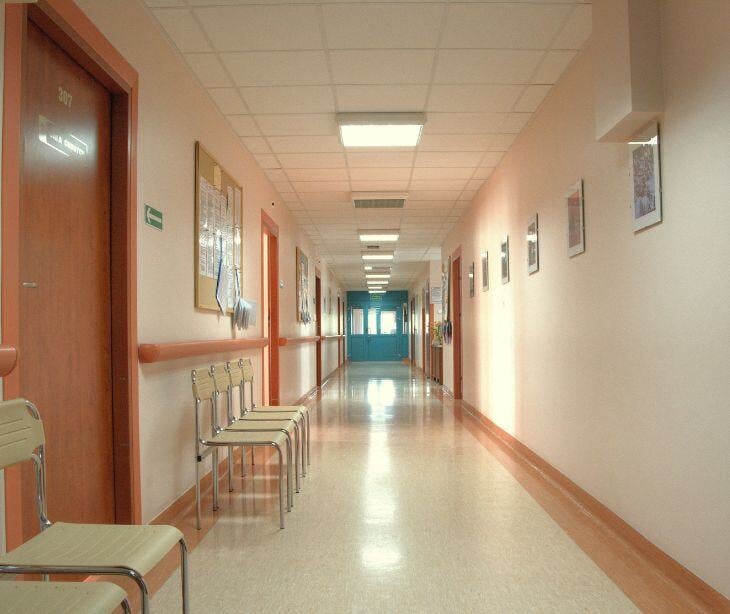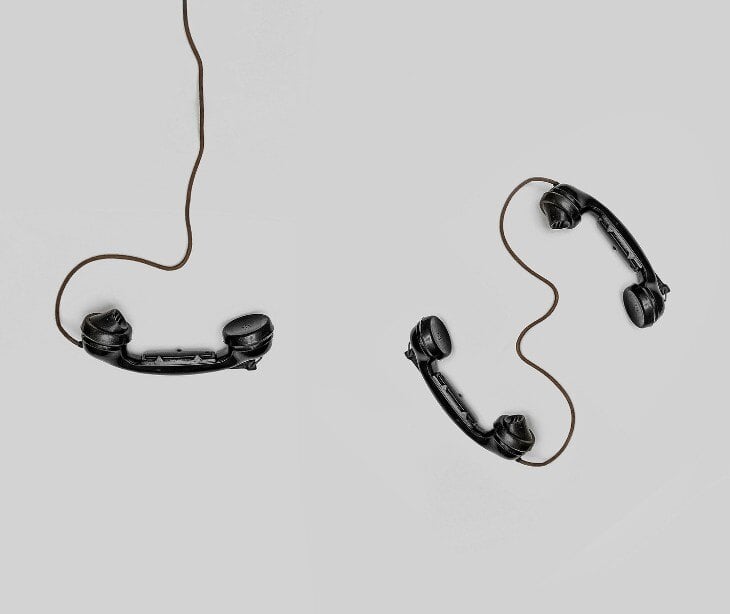4 min read
Communication barriers impacting rural healthcare organizations
Kirsten Peremore
Nov 25, 2025 5:04:41 PM
%20-%202024-10-12T085139.489.jpg)
Rural healthcare organizations' challenges rarely stem from a single cause; instead, they emerge from a mix of limited resources, staffing shortages, cultural and linguistic differences, and gaps in the systems meant to support information exchange. Many rural facilities operate with too few clinicians and too little time, which means providers struggle to communicate thoroughly with patients or coordinate effectively with one another.
As a BMC Health Services Research study notes, “time and resource constraints disproportionately harm rural health systems,” and that pressure shows in daily practice. These barriers have real consequences as they reduce service use, delay care, and disproportionately affect women, younger adults, and people with lower levels of education. Several strategies can help, including culturally informed care, targeted communication training for healthcare workers, enhanced feedback channels for patients, and technology solutions designed with rural limitations in mind.
Geographic isolation and limited broadband as structural communication barriers
Geographic isolation shapes nearly every aspect of rural healthcare access. Long travel distances, limited transportation options, and widely dispersed communities make it far harder for patients to reach clinics or hospitals when they need care. The farther a patient lives from a healthcare provider, the less likely they are to seek services at all.
This distance-decay effect translates into fewer opportunities for early diagnosis, routine prevention, and effective disease management. The impact is especially severe for people who depend heavily on local primary care, older adults, young families, low-income households, and those with chronic conditions. Distance also complicates emergency response, increasing wait times and making it harder to maintain continuity of care across different providers.
The study ‘Disparities in Technology and Broadband Internet Access across Rurality: Implications for Health and Education’ makes this point clear by addressing the matter of weak broadband, noting that “inadequate broadband infrastructure is a critical barrier to the provision of telehealth services and remote learning in rural areas,” and the data reflect that divide. Rural districts reported that only 67.5% of students had access to reliable broadband adequate for synchronous video, compared to 84.2% in urban districts. These gaps affect more than the ability to join a video visit, they shape whether families can access basic health information, communicate with clinicians in a timely way, or participate in digital tools that support chronic care and mental health.
Many lack the devices needed for virtual care, while others must rely on slow or inconsistent connections that make real-time telehealth nearly impossible. This digital divide limits far more than video visits; it restricts access to basic health information, slows communication between patients and clinicians, and hinders coordination across care teams.
Scarcity of the healthcare workforce and its communication implications
Workforce shortages leave rural healthcare providers stretched thin, often juggling more patients and responsibilities than the system can reasonably support. When clinicians are overburdened and pressed for time, their ability to communicate clearly with patients and collaborate effectively with colleagues is naturally limited. The previously mentioned BMC study captures this reality directly, noting that “time and resource constraints disproportionately harm rural health systems.”
These constraints create fragmented communication pathways, both among providers within the same facility and between different levels of care, such as primary care, specialty care, and emergency departments. As a result, information is missed, care transitions are delayed or poorly coordinated, and patients are more likely to experience preventable complications.
The strain on providers also fuels burnout and stress, which further undermines the quality of interactions with patients. In many rural areas, the lack of culturally informed or linguistically diverse providers adds another layer of difficulty. When cultural nuances are misunderstood or overlooked, patient trust erodes and communication breaks down even further.
The study’s authors describe this cumulative effect, concluding that “too few providers exist to meet population health needs, and fragmented communication impairs rural health systems’ ability to function.”
Health literacy gaps in rural populations
Many adults in rural communities face real challenges when it comes to understanding health information and navigating an increasingly complex healthcare system. These difficulties make it harder for patients to make informed decisions, follow treatment plans, and manage chronic conditions over time. A paper ‘Health Literacy Research in Rural Areas, ’ suggests that more than 40% of rural patients have low health literacy, with many reading below an eighth-grade level. Limited reading and comprehension skills make it difficult to interpret medical instructions, understand risks and benefits, or engage meaningfully with health education materials.
These literacy gaps have measurable consequences. Rural residents often have lower screening rates for cancers such as colon and cervical cancer, and they are more likely to engage in risky health behaviors, including smoking and physical inactivity. Health literacy barriers are made worse by the fact that many rural providers do not use formal assessments to evaluate a patient’s understanding. Instead, they rely on informal impressions.
Emergency care vulnerabilities caused by communication gaps
When information is not shared clearly or promptly, or when specialists are unfamiliar with the limits of local rural resources, misunderstandings can quickly arise. A study found in the BMJ Open noted that “overall, 87.1% of participants indicated that perceived communication difficulties impacted patient care."
In many cases, urban specialists simply do not receive the level of detail they need; as one consultant stated, “too little information given.” These gaps delay reporting, complicate decision-making, and raise the likelihood of delayed interventions or incomplete treatment plans. The absence of shared electronic medical records and consistent communication protocols only deepens the problem, disrupting coordination at the very moments when providers need seamless collaboration.
Geographic isolation and unreliable broadband access make these vulnerabilities even harder to overcome. Limited connectivity can delay telehealth consultations, slow emergency coordination, and reduce access to real-time specialist input. Workforce shortages add another layer of strain. Rural clinicians, already managing heavy caseloads, often lack the time needed for thorough communication during high-pressure situations.
The financial strain on rural healthcare organizations
Small rural hospitals struggle to stay financially stable for reasons that often sit outside their control. They care for communities with higher rates of poverty and rely far more on Medicaid and Medicare reimbursements, which typically pay less than private insurance.
Many of these facilities survive only because of local tax support and federal disproportionate share hospital (DSH) payments, which are designed to help hospitals that treat large numbers of low-income patients. When these payments decline or fail to keep up with needs, the financial strain can be immediate and severe.
Researchers have long documented the structural pressure facing rural hospitals. One review, ‘Issues in Rural Health: Access, Hospitals, and Reform,’ notes that “small hospitals must continuously expend resources for medical staff recruitment while contending with unfavorable economies of scale that make it difficult to staff efficiently and contribute to a relatively high proportion of fixed costs,” a combination that has fueled decades of financial instability and hospital closures. These systemic challenges show up in negative cash flow, declining equity, and, in some cases, full hospital shutdowns that leave communities without local inpatient care.
How to balance limited access to technology and communication
Make use of HIPAA compliant email:
- Use secure HIPAA compliant email providers that offer encryption so that transmission of protected health information (PHI) remains protected.
- Create standardized email templates for common patient queries and communication needs.
Telephonic outreach programs:
- Establish a system where patients can book specific time slots for phone consultations.
- Designate care coordinators who specialize in follow-up calls to ensure patients adhere to treatment plans and address issues or barriers to care.
Community-based communication:
- Train community members as health advocates who can bridge the communication gap between healthcare providers and patients.
- Consider deploying mobile health clinics equipped with basic technology to support underserved communities.
FAQs
What is consent?
Permission granted by a patient for healthcare providers to use their personal information or perform medical procedures.
Is consent necessary to contact patients?
Consent is a best practice for communication with patients.
What is considered HIPAA compliant training for healthcare staff?
Education on patient rights, secure handling of PHI, and understanding the regulations governing patient confidentiality.




